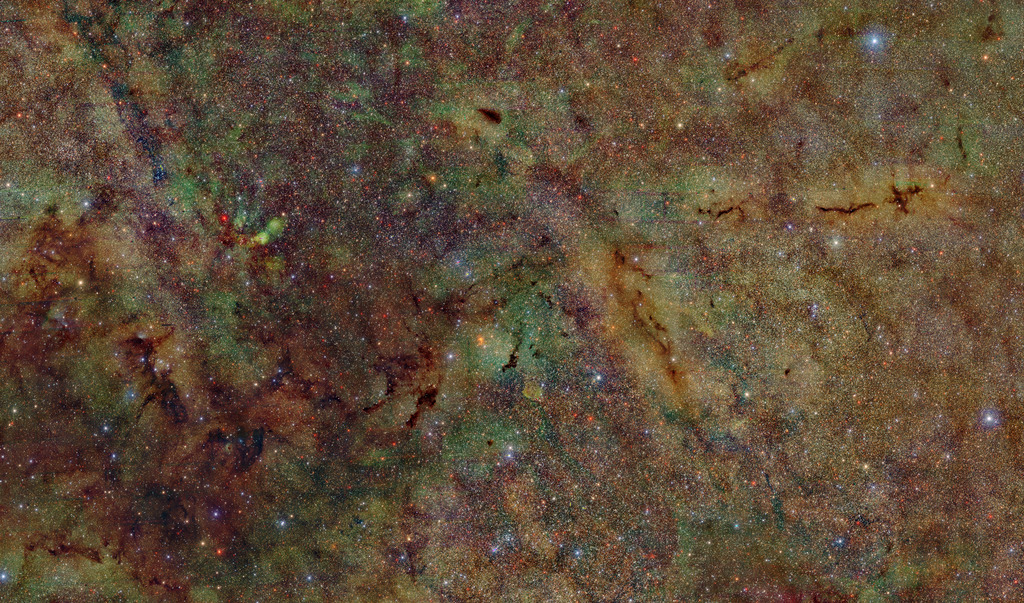An international team of scientists have provided an unprecedented tally of elemental sulfur spread between the stars using data from the Japan-led XRISM (X-ray Imaging and Spectroscopy Mission) spacecraft.
Astronomers used X-rays from two binary star systems to detect sulfur in the interstellar medium, the gas and dust found in the space between stars. It’s the first direct measurement of both sulfur’s gas and solid phases, a unique capability of X-ray spectroscopy, XRISM’s (pronounced “crism”) primary method of studying the cosmos.
Using ultraviolet light, researchers have found gaseous sulfur in the space between stars. In denser parts of the interstellar medium, such as the molecular clouds where stars and planets are born, this form of sulfur quickly disappears.
Scientists assume the sulfur condenses into a solid, either by combining with ice or mixing with other elements.
When a doctor performs an X-ray here on Earth, they place the patient between an X-ray source and a detector. Bone and tissue absorb different amounts of the light as it travels through the patient’s body, creating contrast in the detector.
Scientists did something similar by picking a portion of the interstellar medium with the right density — not so thin that all the X-rays would pass through unchanged, but also not so dense that they would all be absorbed.
Then they selected a bright X-ray source behind that section of the medium, a binary star system called GX 340+0 located over 35,000 light-years away in the southern constellation Scorpius.
Using the Resolve instrument on XRISM, the researchers were able to measure the energy of GX 340+0’s X-rays and determined that sulfur was present not only as a gas, but also as a solid, possibly mixed with iron.
Iron-sulfur compounds are often found in meteorites, so scientists have long thought they might be one way sulfur solidifies out of molecular clouds to travel through the universe. XRISM’s observations could match a few of these compounds — pyrrhotite, troilite, and pyrite, which is sometimes called fool’s gold.
The researchers were also able to use measurements from a second X-ray binary called 4U 1630-472 that helped confirm their findings.

